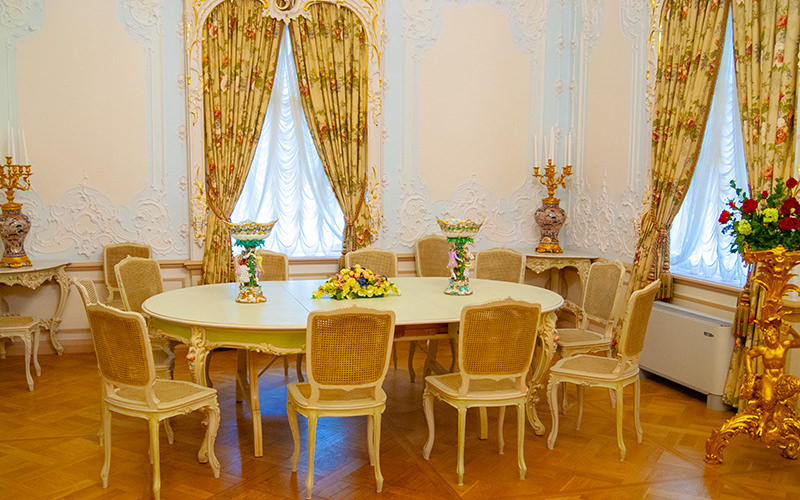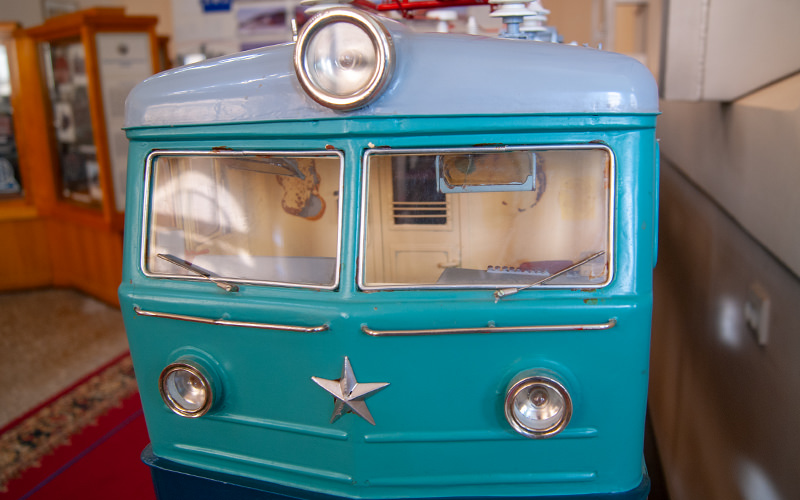This summer, I set out on another trip to South Korea, but this time I decided to add a new country to my journey — China. I flew to Korea via Beijing with a 13-hour layover, so I planned to leave the airport and see a few interesting sights in the Chinese capital.
Transit Through Chinese Cities
My country has a visa regime with China, but if travelers are flying through Chinese cities on their way to another country, they can use visa-free transit. To leave the airport, you need a valid passport and a ticket to a third country. This last point is crucial: the transit rule won’t apply if, for example, you have direct tickets to Beijing or a round-trip itinerary like Moscow–Beijing–Moscow — your trip must end in a third country. I flew in from Tashkent, with Seoul as my destination, so my route qualified for visa-free entry into China.
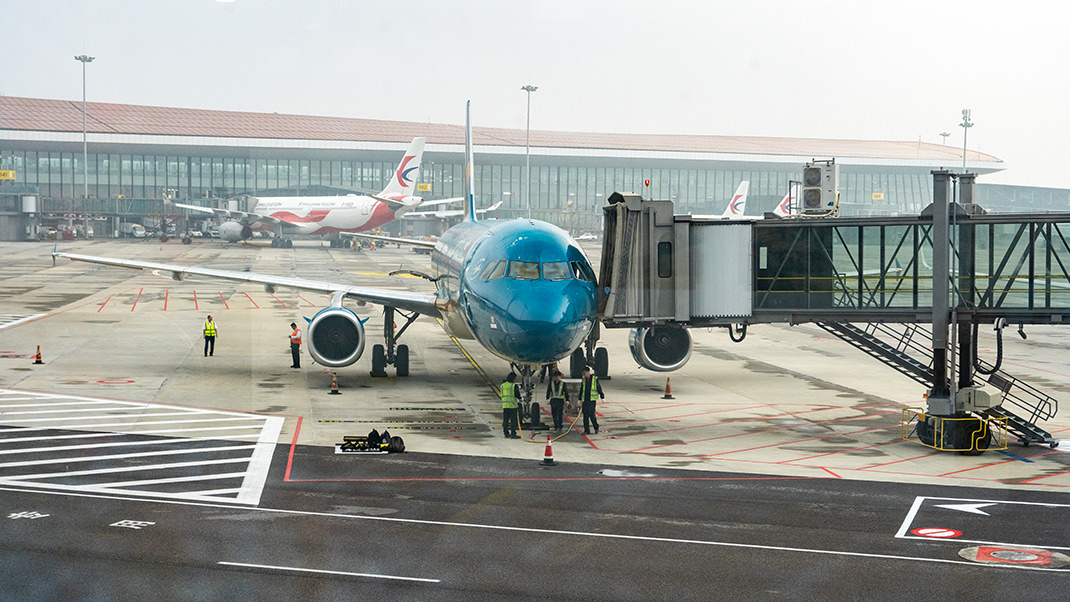
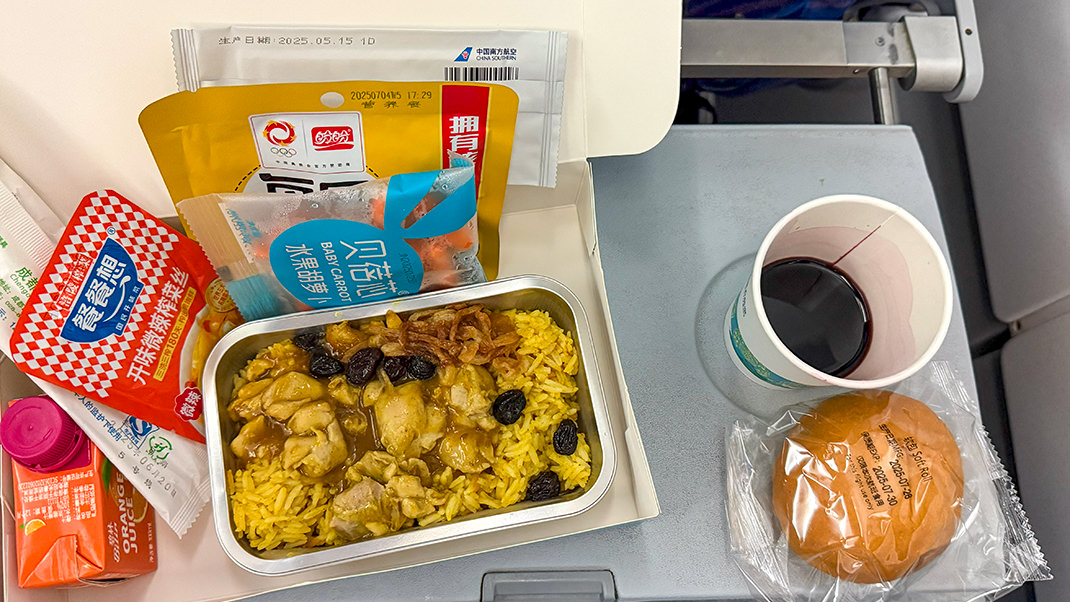
To take advantage of visa-free entry into Beijing, you must go to a special desk for issuing temporary entry permits with a completed arrival card.
Until the very last moment, I wasn’t sure if I would be allowed to leave the airport — I’d read that travelers who frequently visited Turkey or had stayed there for long periods could be denied entry. My passport had several Turkish stamps, including one for an extended stay, but at passport control I was only asked about the purpose of my trips to Turkey and what I wanted to see in Beijing.
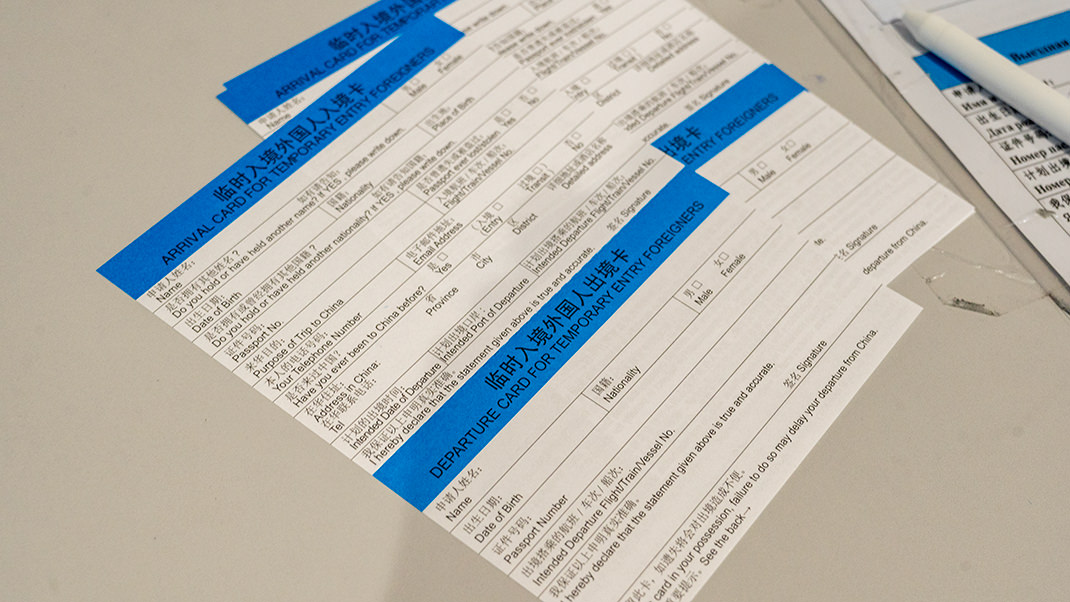
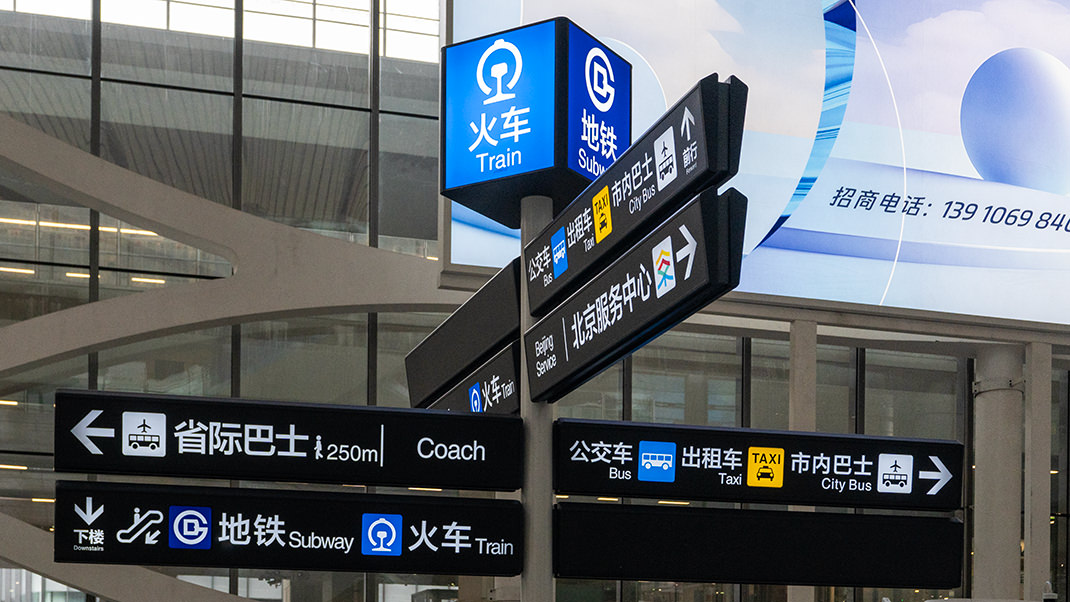
There are a few extra considerations for such transit trips — for example, travel websites note that transit doesn’t apply to direct flights from the USA, and the permitted transit period may differ: you may be granted an entry permit for either 24 or 240 hours. It’s best to check these details before traveling.
Getting Around Beijing: Money, Food, Transport
Before my trip, I was advised to install WeChat and Alipay, which can be used in China to pay for the metro, restaurants, and museums. In Alipay, I linked my bank card and paid everywhere by scanning a QR code, with funds charged directly from the card.
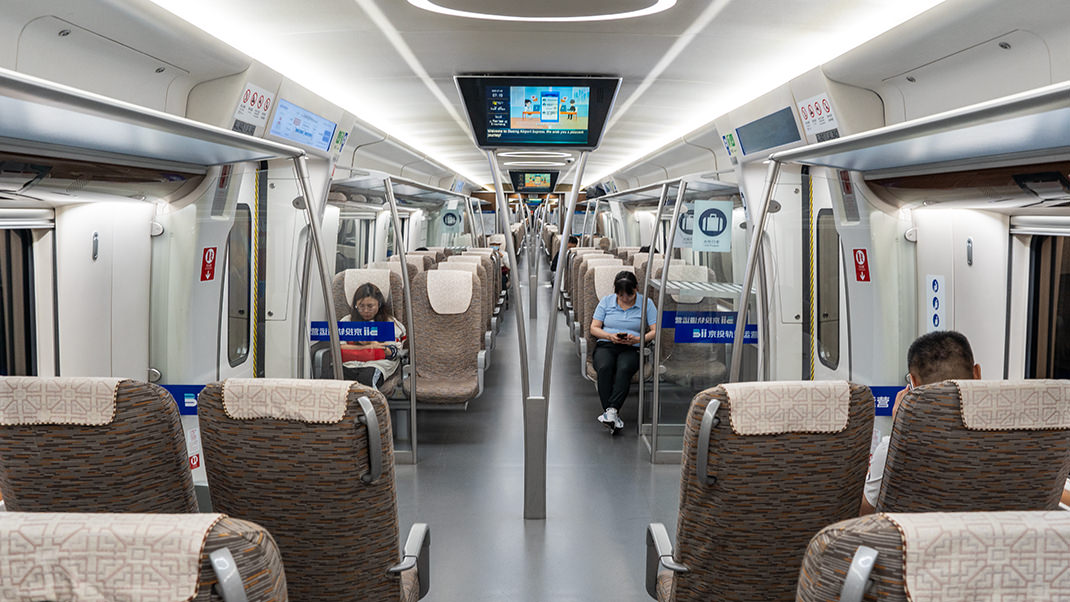
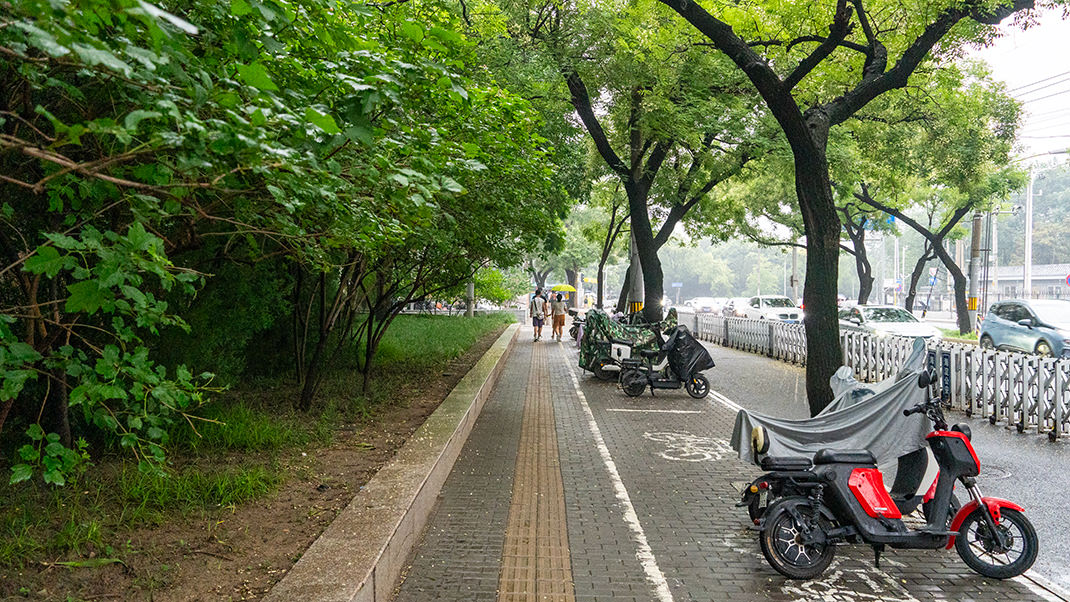
I arrived at Beijing Daxing International Airport (PKX), from which you can get to the city by express train. Tickets can be paid for via Alipay. At boarding, I purchased a special card from a terminal, which had to be returned via a turnstile when transferring to the metro. The fare for the express train is 35 yuan ($4.88) per person.
Beijing has a large, extensive metro network, which makes it possible to reach many attractions without traffic jams. However, travelers should carefully plan their route, as getting from one attraction to another can take over an hour. The MetroMan app is handy for route planning.
I didn’t study Beijing’s transport fares in detail, but my metro rides cost between 3 and 6 yuan ($0.83). From what I understood, the fare depends on the distance traveled.
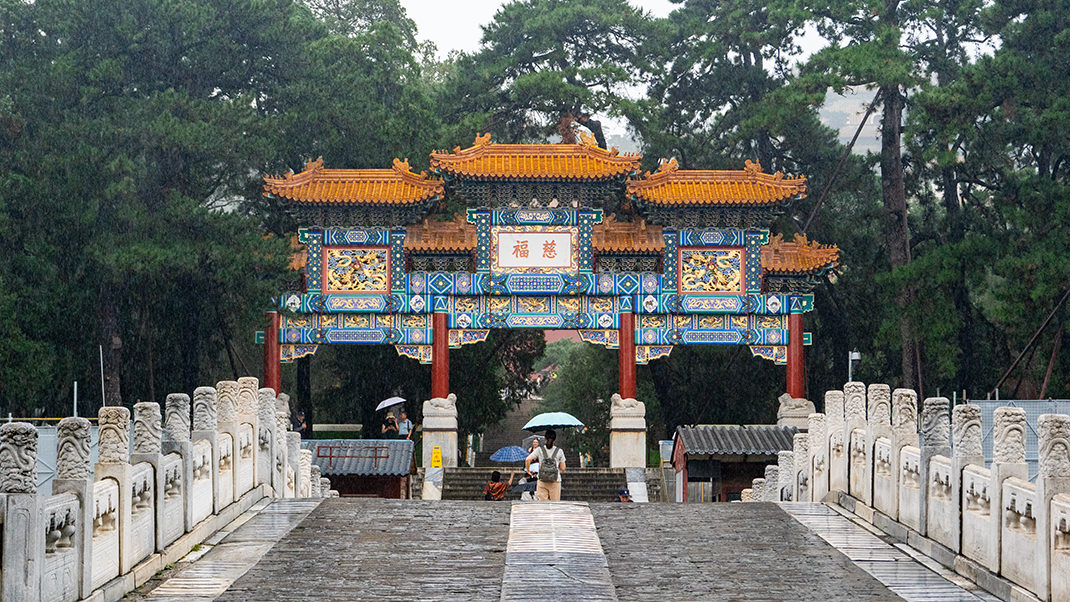
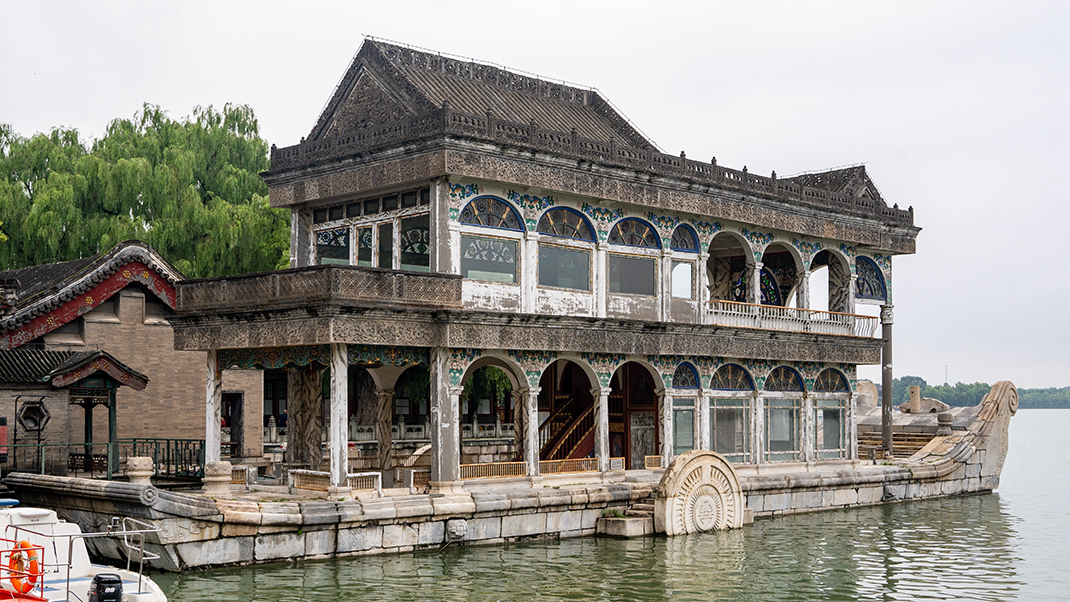
I wasn’t aiming to explore Beijing’s dining scene, but I did need lunch between flights. I chose the first restaurant along my route. Lunch for two large dishes and a one-liter drink cost 98 yuan ($13.65). As is often the case in new countries, ordering was a guess — there was almost no English signage. I tried using an online translator, but it only translated about half the menu items. The rest came out as amusing options like “Old Beijing Cannon Octopus” or “Concubine Noodles.” I’d recommend using AI-based translation bots instead, as they work much better.
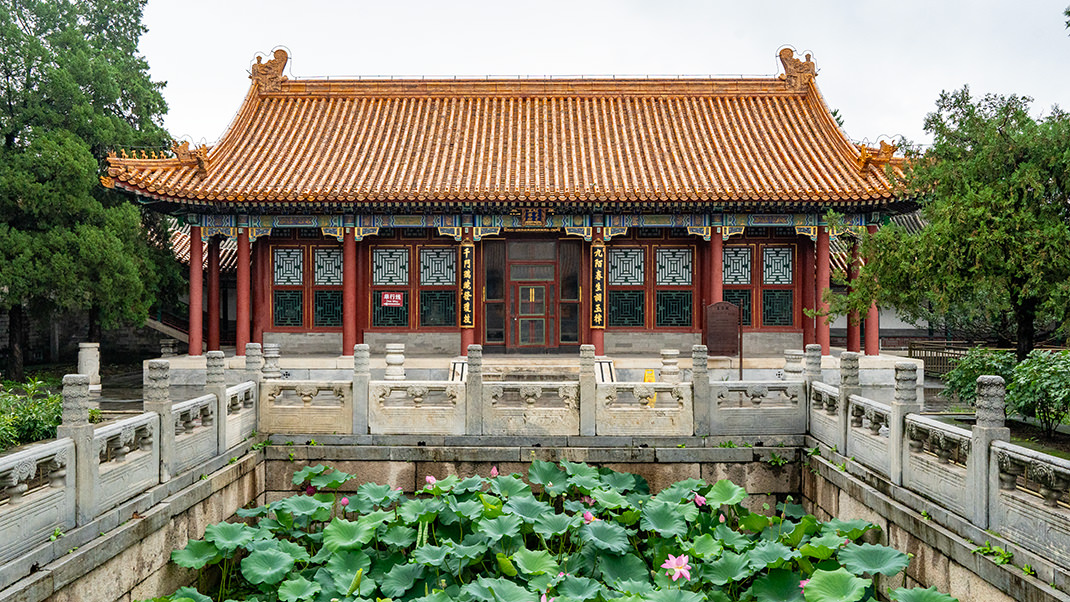
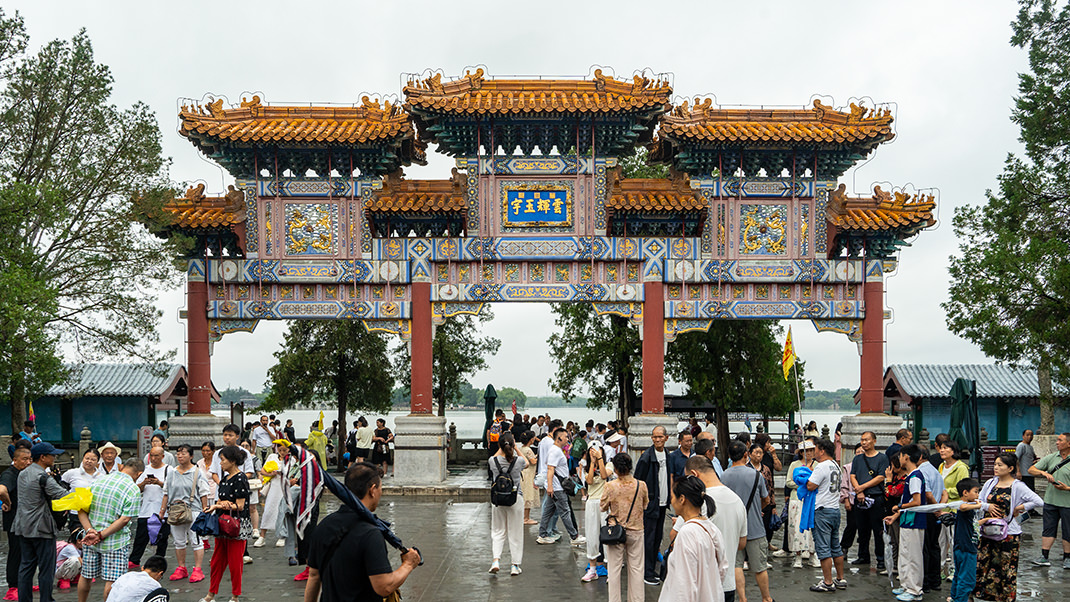
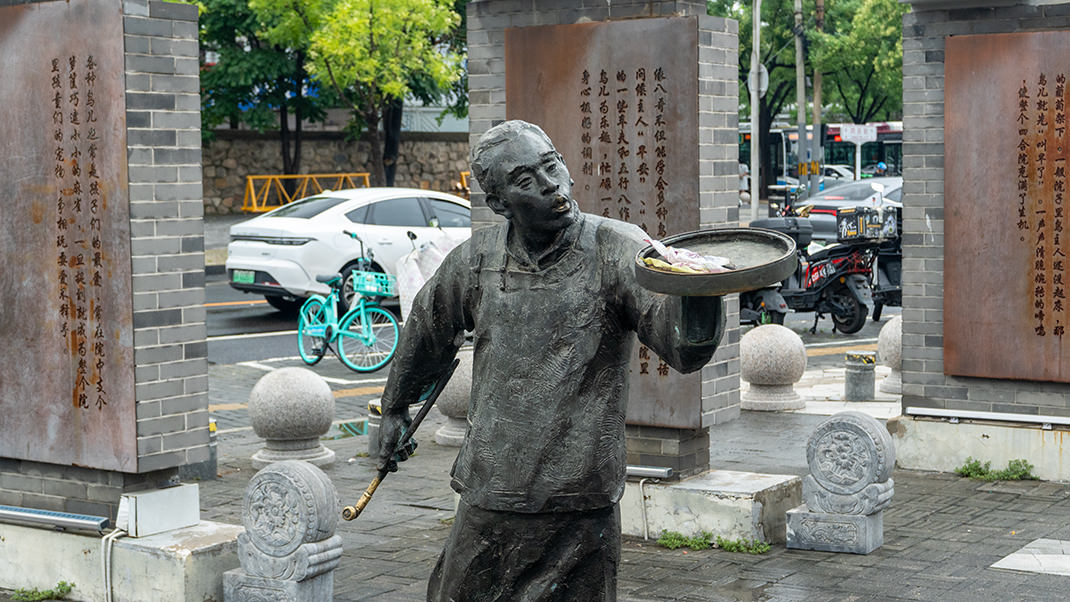
What to See in a Few Hours
When planning my trip, I’d hoped to visit the Forbidden City — one of Beijing’s main attractions — but both my inbound and outbound flights were on a Monday, and the site is closed on Mondays. So I chose other places to explore.
The first site I visited was the Summer Palace, located in the northwest of the city. Entry for two (full ticket with pavilions) cost 60 yuan ($8.36), payable via local apps or by bank card.
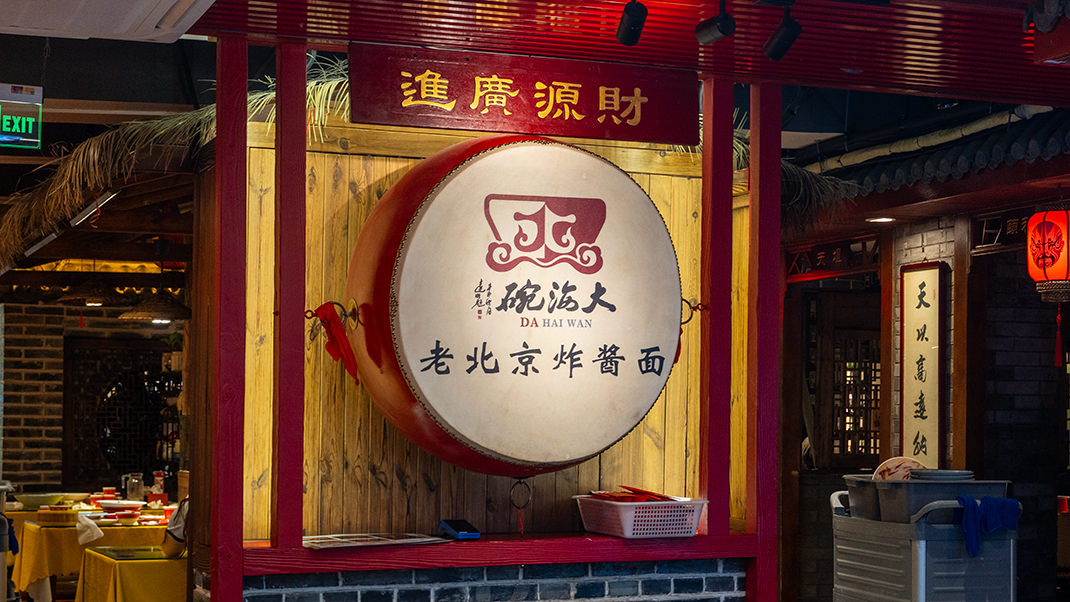
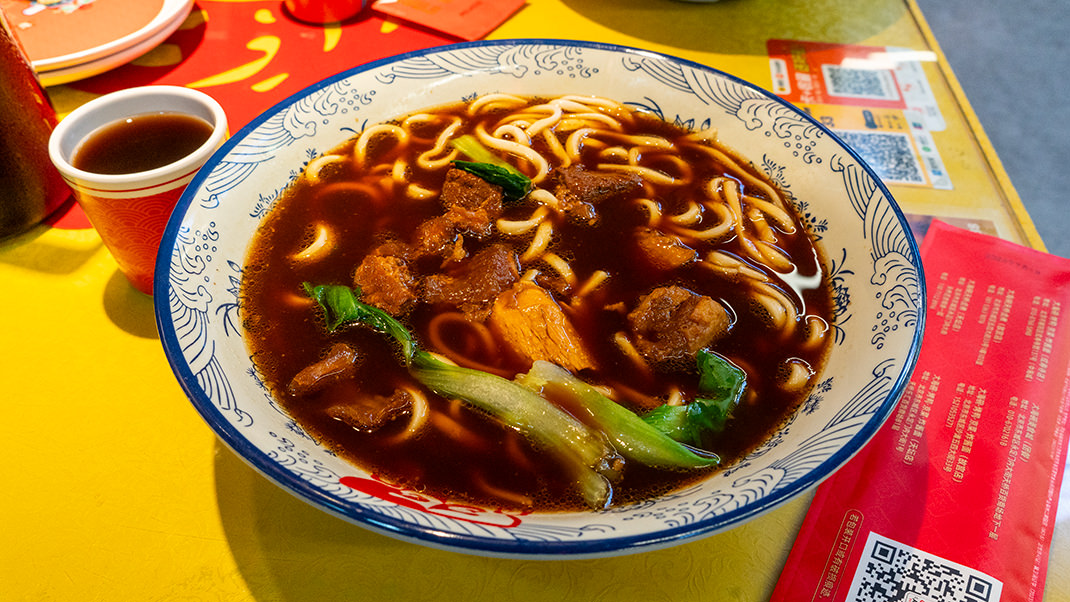
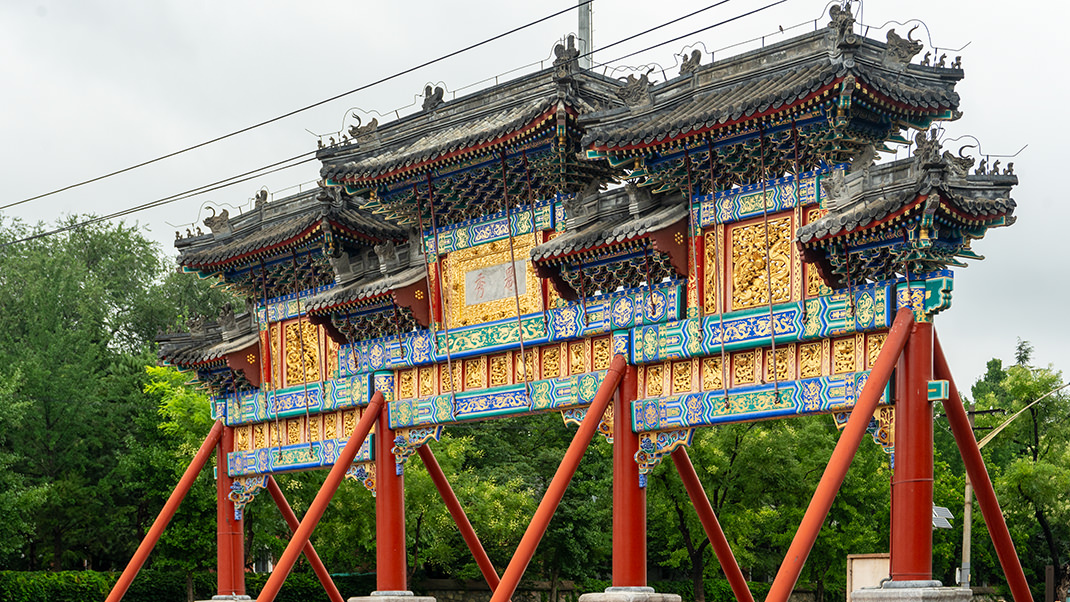
The Summer Palace is a vast complex of walking paths, gardens, and various pavilions. It was built in 1750, later destroyed, and restored towards the end of the 19th century. Visiting requires some physical effort, as parts of the route involve climbing stairs or walking uphill.
From the Summer Palace, I went to the Temple of Heaven, another large complex with several architectural landmarks. Entry for two was 68 yuan ($9.47). This time, I couldn’t pay by card — only via Alipay — and a passport was required to buy tickets.
The Temple of Heaven was built in 1420 and was historically used for worshiping heaven and praying for a good harvest. In the late 20th century, it was added to the UNESCO World Heritage List.
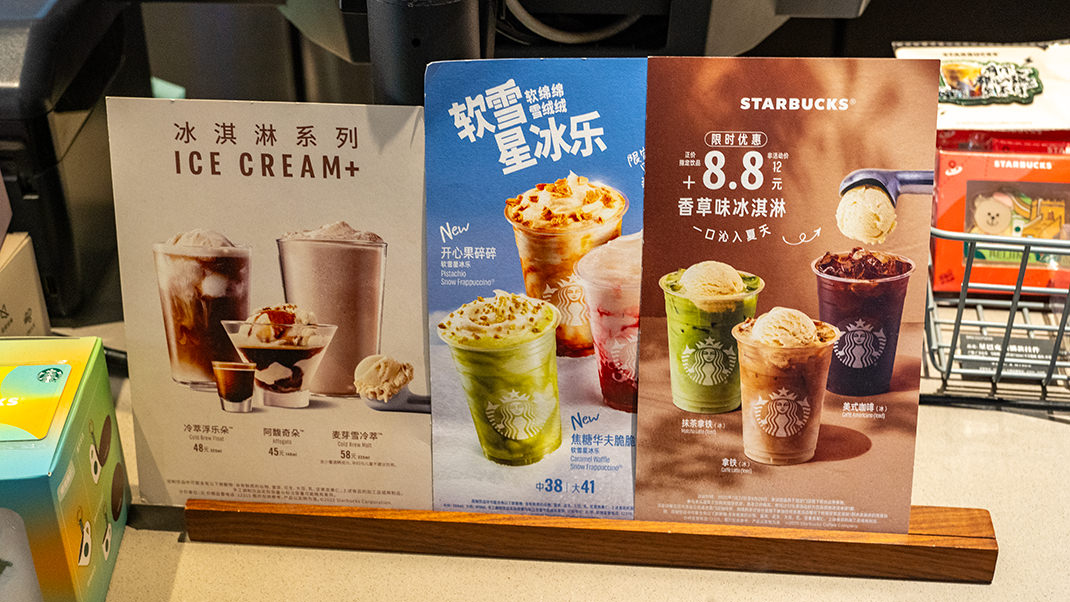
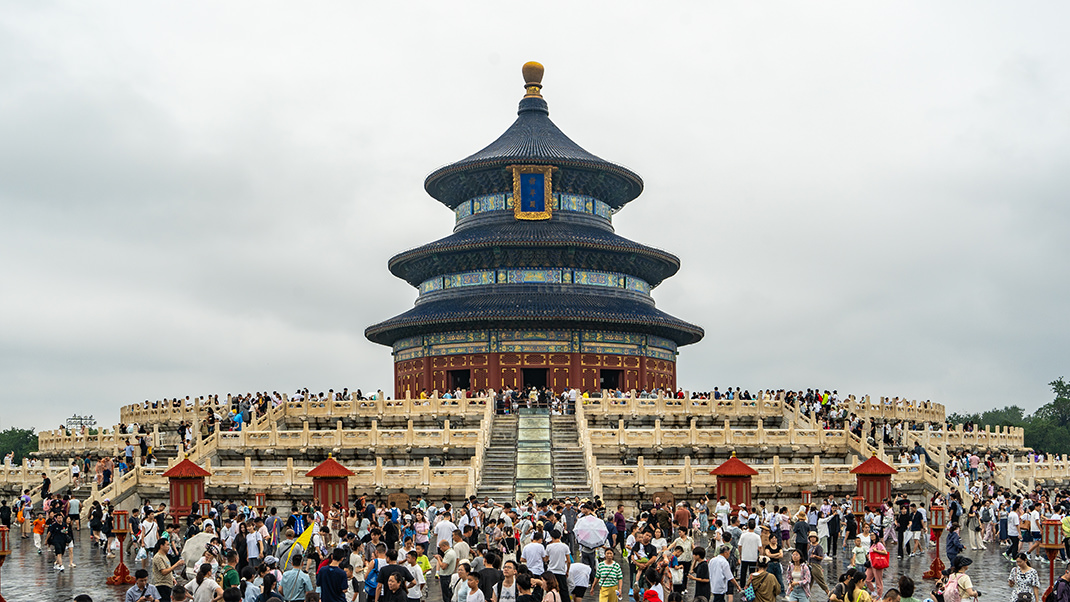
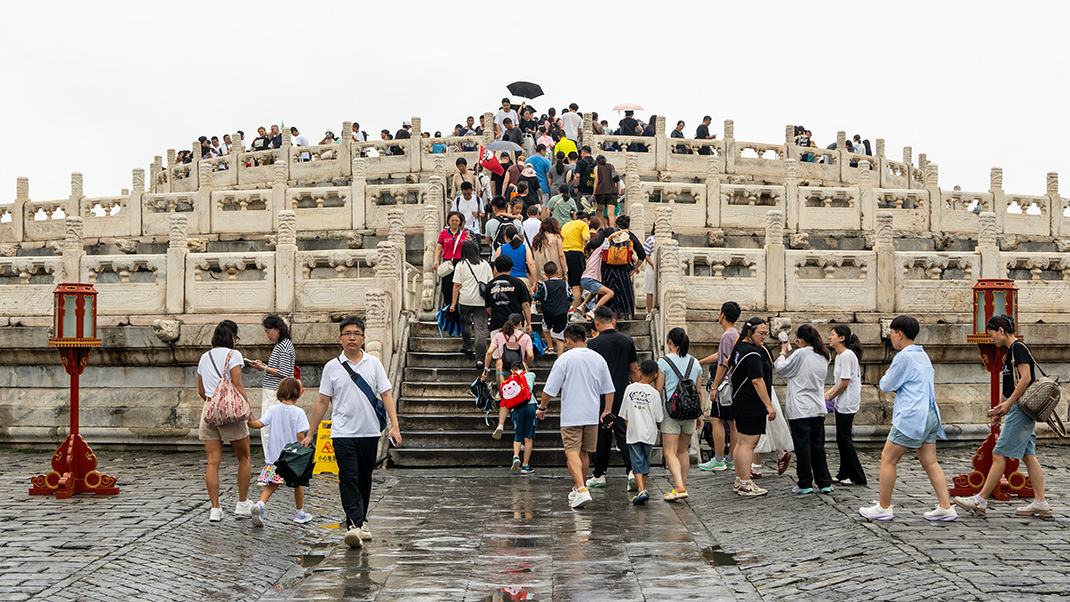
I’ve only briefly touched on the history of these sites here, but I’ll write more detailed articles about visiting the Summer Palace and the Temple of Heaven independently in separate blog posts.
As I mentioned earlier, traveling between Beijing’s attractions can take considerable time, so I wasn’t able to see much more. Before heading to the airport, I walked to Tiananmen Square, another major site in Beijing, but access was blocked. I had to walk several blocks and pass two passport controls to reach it. By that time, I had run out of time and had to leave.
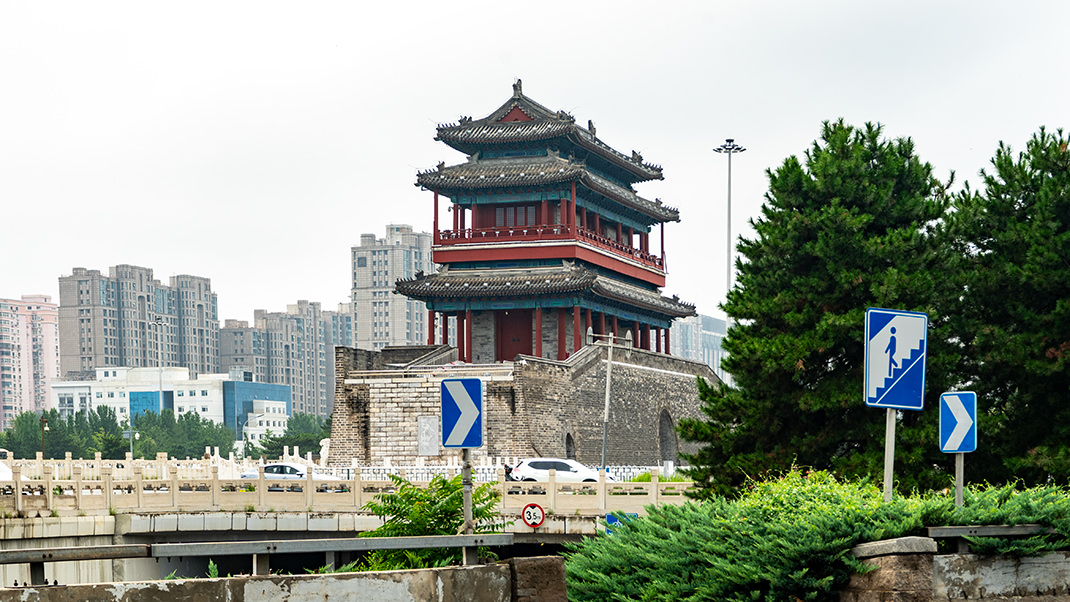
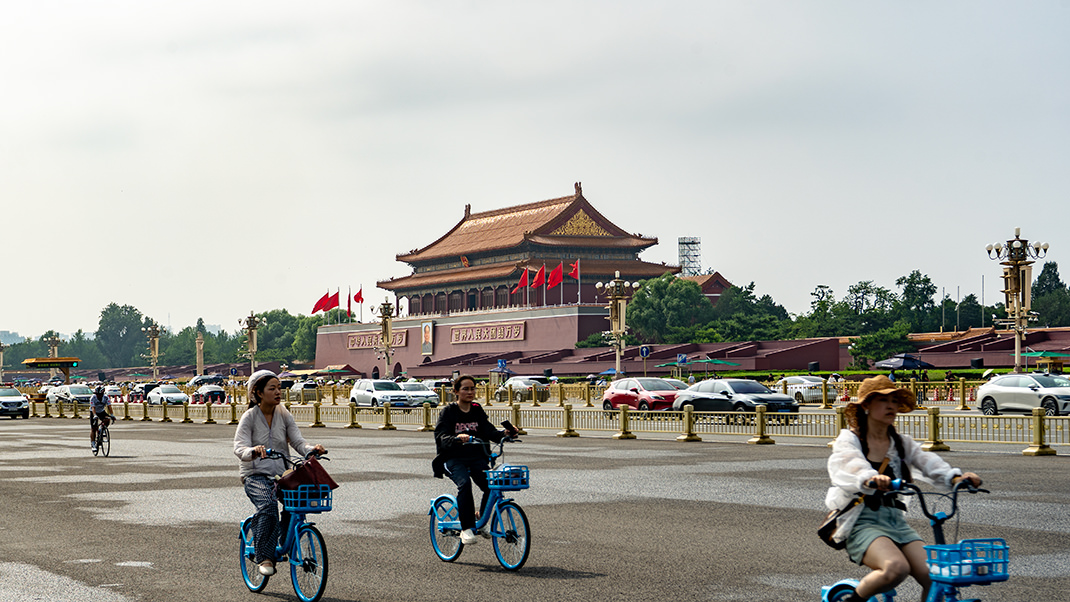

Finally, I’ll note one peculiarity of Daxing Airport: despite Beijing being a huge city, the international zone is relatively quiet, and most shops and cafés are located in the domestic departures area, which is inaccessible. So duty-free shoppers should be aware that options here are quite limited.
My next article about my trip to Beijing will cover my walk through the city’s Summer Palace.
Safe travels!
Beijing — One-Day Trip Budget for Two (August 2025):
- Express train from the airport — 140 yuan;
- Metro rides — 24 yuan;
- Food: two sandwiches and coffee — 62 yuan; two noodle dishes and a plum drink — 98 yuan; total — 160 yuan;
- Summer Palace — 60 yuan, Temple of Heaven — 68 yuan; total — 128 yuan.
- Total: about 452 yuan ($62.96)


